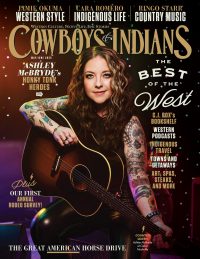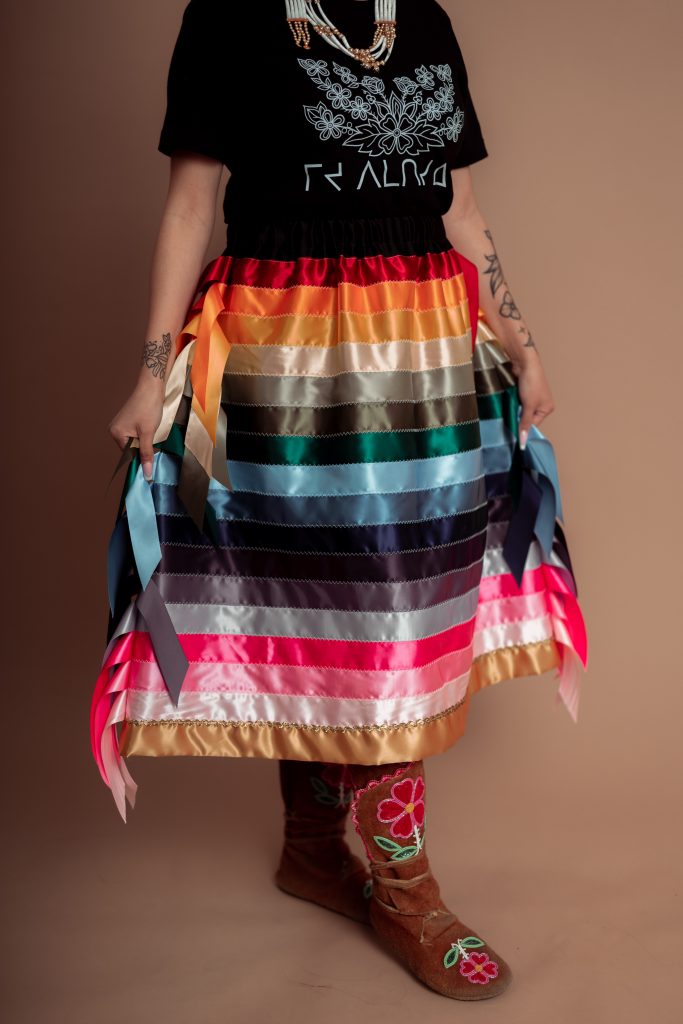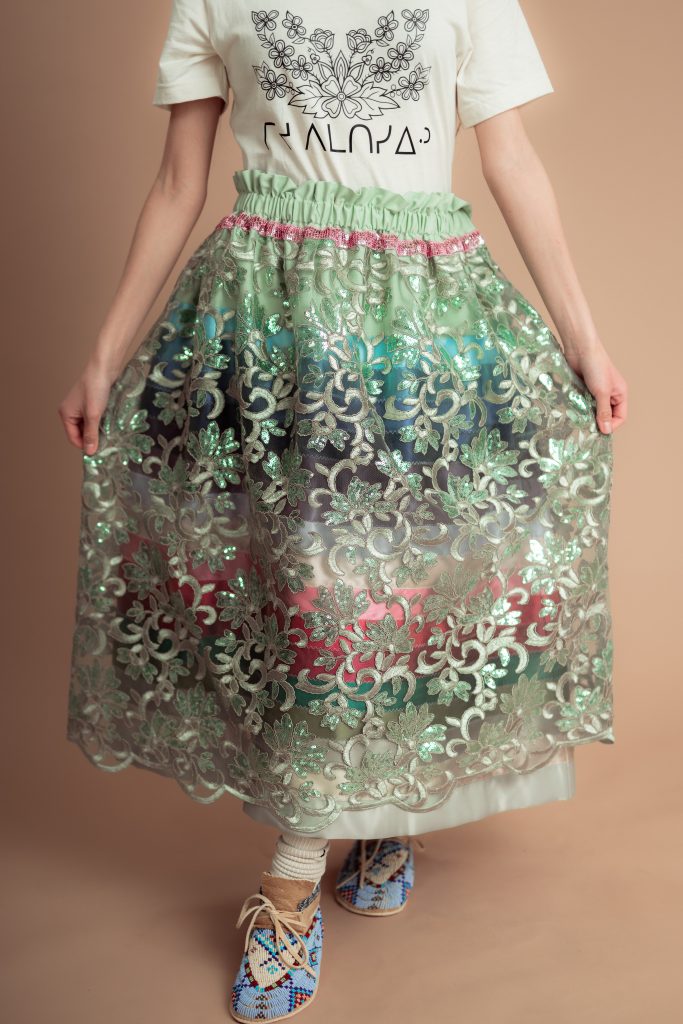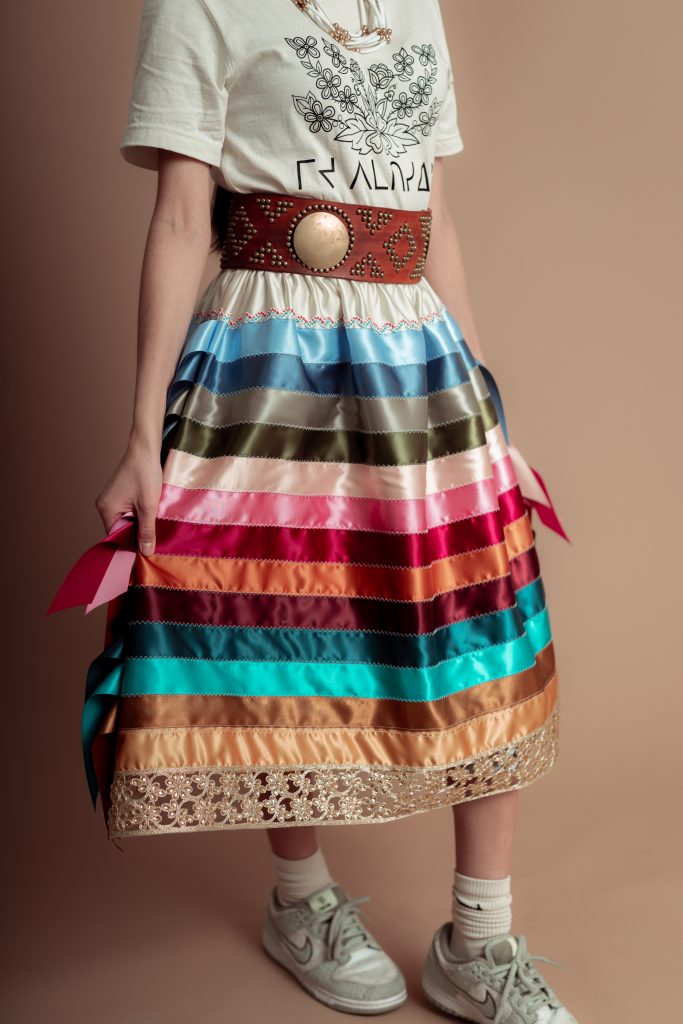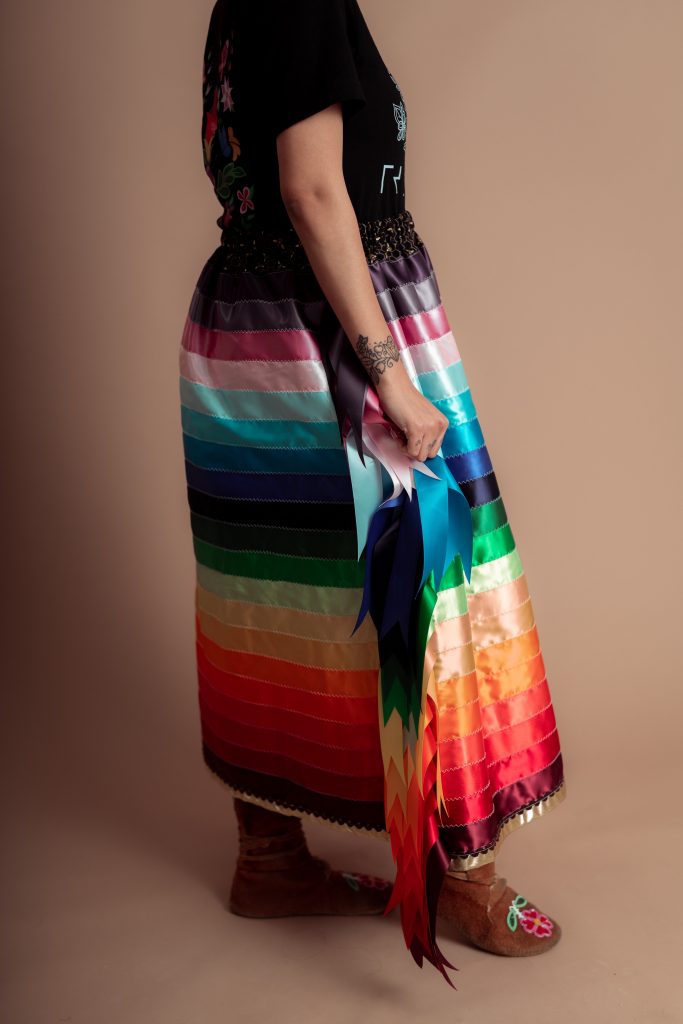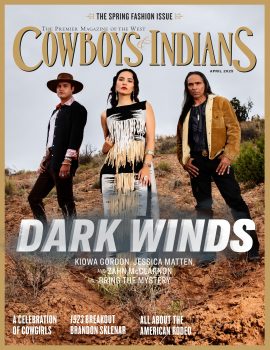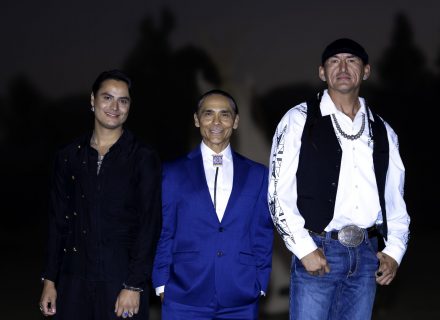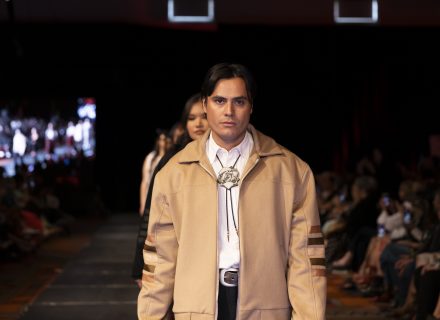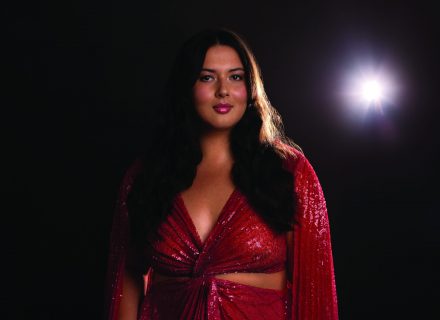These Native creatives are carrying on a storied tradition.
Last year, Canadian Prime Minister Justin Trudeau declared January 4 National Ribbon Skirt Day. The occasion was inspired by the unfortunate experience of grade schooler Isabella Kulak (Cote First Nation), who in 2020 was shamed for wearing a handcrafted traditional ribbon skirt to a formal event. Her story went viral, and this official proclamation was the happy result.
Indeed, it’s a day of celebration for Native peoples across North America whose ancestors practiced this tradition that intertwines pre-contact and colonial influences, because ribbon was introduced by European settlers. So named for their unique design, ribbon skirts represent identity, strength, and resilience, and are worn for both important tribal ceremonies and, increasingly, everyday occasions. Here, we highlight three Indigenous creatives who are proudly bringing this storied cultural tradition into the modern day.
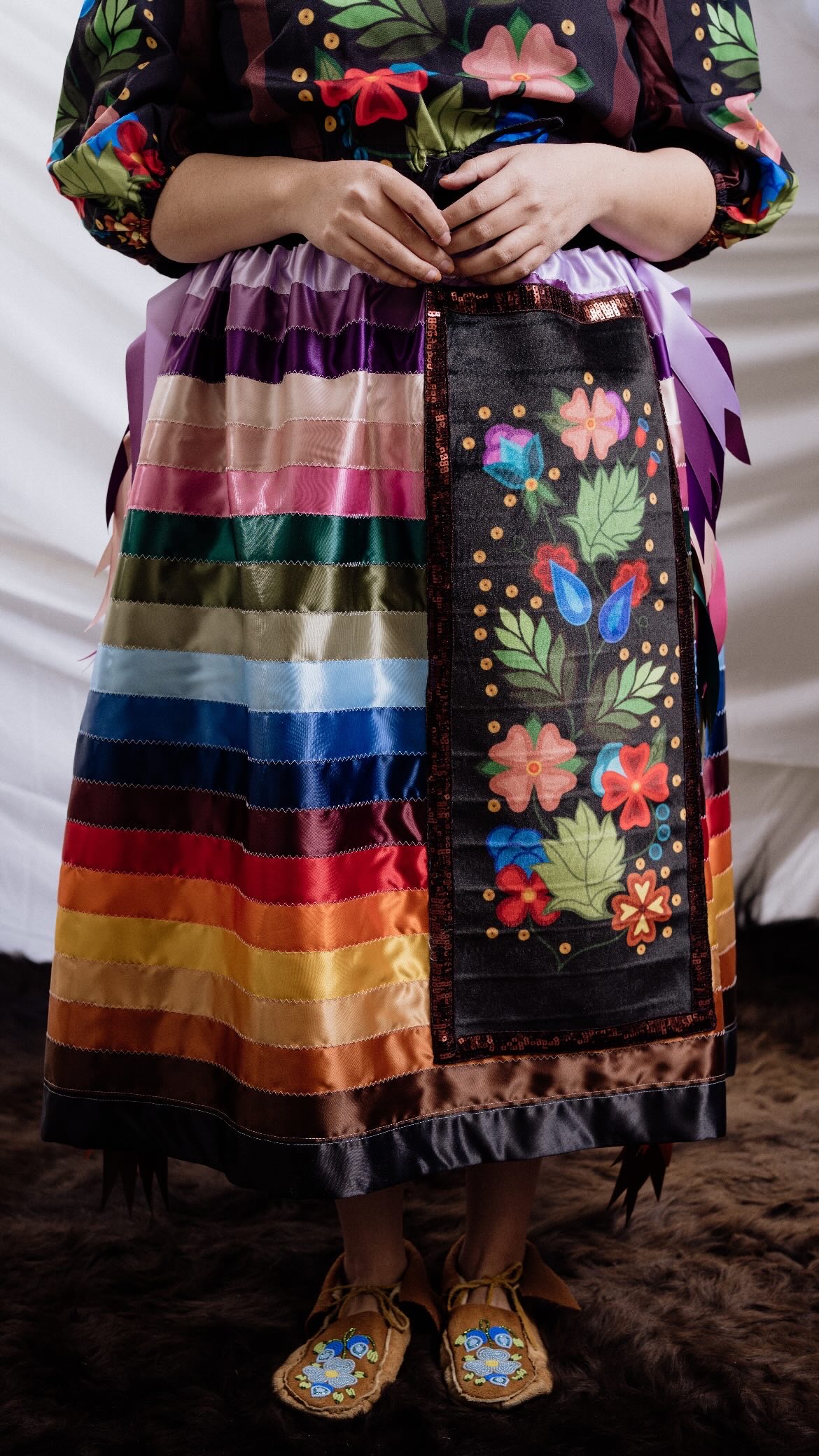 PHOTOGRAPHY: Courtesy of Osamuskwasis Roan
PHOTOGRAPHY: Courtesy of Osamuskwasis Roan
Cree/Dene designer Osamuskwasis Roan learned how to make ribbon skirts watching the women in her family sew while growing up on the Pigeon Lake reserve in Alberta, Canada. Soon she was designing her own patterns, choosing color combos, and teaching herself different techniques.
“To me, making ribbon skirts is deeply spiritual and symbolic; they remind us who we are and where we come from, even in the face of adversity,” says the celebrated designer whose creations have graced runways including Vancouver Indigenous Fashion Week. “Each skirt I create feels like a form of storytelling, whether that’s honoring a significant event, celebrating a loved one, or representing a prayer or intention. It’s not just sewing a ribbon skirt—it’s ceremony.”
PHOTOGRAPHY: Courtesy of Osamuskwasis Roan
Similarly, for Osage artist, entrepreneur, and veteran Dante Biss-Grayson, this special attire has significance far beyond simply its fashion. “Ribbon skirts are symbols of evolution,” says the Taos, New Mexico–based creative behind the popular Sky-Eagle Collection. “Just as ribbons became part of Native culture through trade, I see modern Indigenous fashion as the next step in that progression.”
Like all of Biss-Grayson’s designs, his ribbon skirts blend the past and the future, with updated touches like pockets, lace overlays, and custom-printed patterns. He specializes in couture creations, which have been donned at high-profile events and venues from the Academy Awards to the White House. He found fashion later in life, initially as a therapeutic outlet to deal with PTSD after multiple military tours. But for Biss-Grayson and his creative counterparts, the healing aspect of ribbon skirt design extends well past the personal—it also represents a reclamation of sorts.
PHOTOGRAPHY: Courtesy of Sky-Eagle Collection
“I come from a long line of women artists and was raised steeped within my culture,” says Lauren Good Day (Mandan Hidatsa Arikara Nation), whose eponymous label is a favorite among both Native and non-Native fashionistas. “Being industrious as an MHA woman is important to our place in our family and our community. I’m proud to fulfill my role as a mother and a creator of material cultural items. I want my daughters and younger generations of women to see the beauty in our culture.”
Back in 2023 during the height of Barbie mania, Good Day noticed the lack of Native inclusion in the film and took it upon herself to remedy that. She crafted pink-hued Indigenous Barbie ribbon skirts for herself and her daughters, and photos of the trio in the colorful clothing went viral on social media. That overwhelming response is proof of the power of proper representation.
PHOTOGRAPHY: Courtesy of Debbie BlackHawk Photography
“Carrying on the tradition of making ribbon skirts is vital, because it connects us to our ancestors and their stories,” says Roan. “Although ribbons were brought to our people by the settlers, we claimed them and used them for our own spiritual practices. Each ribbon, color, and pattern carries meaning and is a testament to the cultural resilience of our people. Ribbon skirts are statements of identity, survival, and joy. Whether you’re wearing one, making one, or learning about them, you’re participating in a living tradition that has endured through generations.”



